Art × Diwali: How Creative Collaborations Illuminate Brand Strategy
Every autumn, the glow of Diwali illuminates not only homes across India but also the imagination of brands worldwide. Beyond its spiritual meaning, the Festival of Lights has become a cultural innovation lab. Where once campaigns relied on festive visuals and messages of prosperity, today’s brands explore deeper forms of expression — artistic collaboration, narrative design, and heritage storytelling.
Diwali: A Strategic Light for Brands
Diwali now stands as a strategic arena for brands seeking to merge emotion, culture, and modernity. In a marketplace where differentiation lies not in the product itself but in the meaning it conveys, art has become an essential driver of desirability and distinction.
With a constant eye on India’s creative movements, Somexing places its expertise at the service of brands wishing to embed their strategies in meaning, emotion, and cultural resonance. Where art illuminates marketing, the light of Diwali becomes a metaphor for meaning rediscovered.
The expansion of India’s middle class, combined with the increasing cultural influence of its diaspora in Europe, the Middle East, and the United States, as well as the digital transformation of sociocultural rituals, positions Diwali as a global cultural phenomenon. For international brands, it’s an opportunity to express cultural proximity and inclusion, and to use art as a universal language bridging tradition and innovation — local roots and global aspirations.
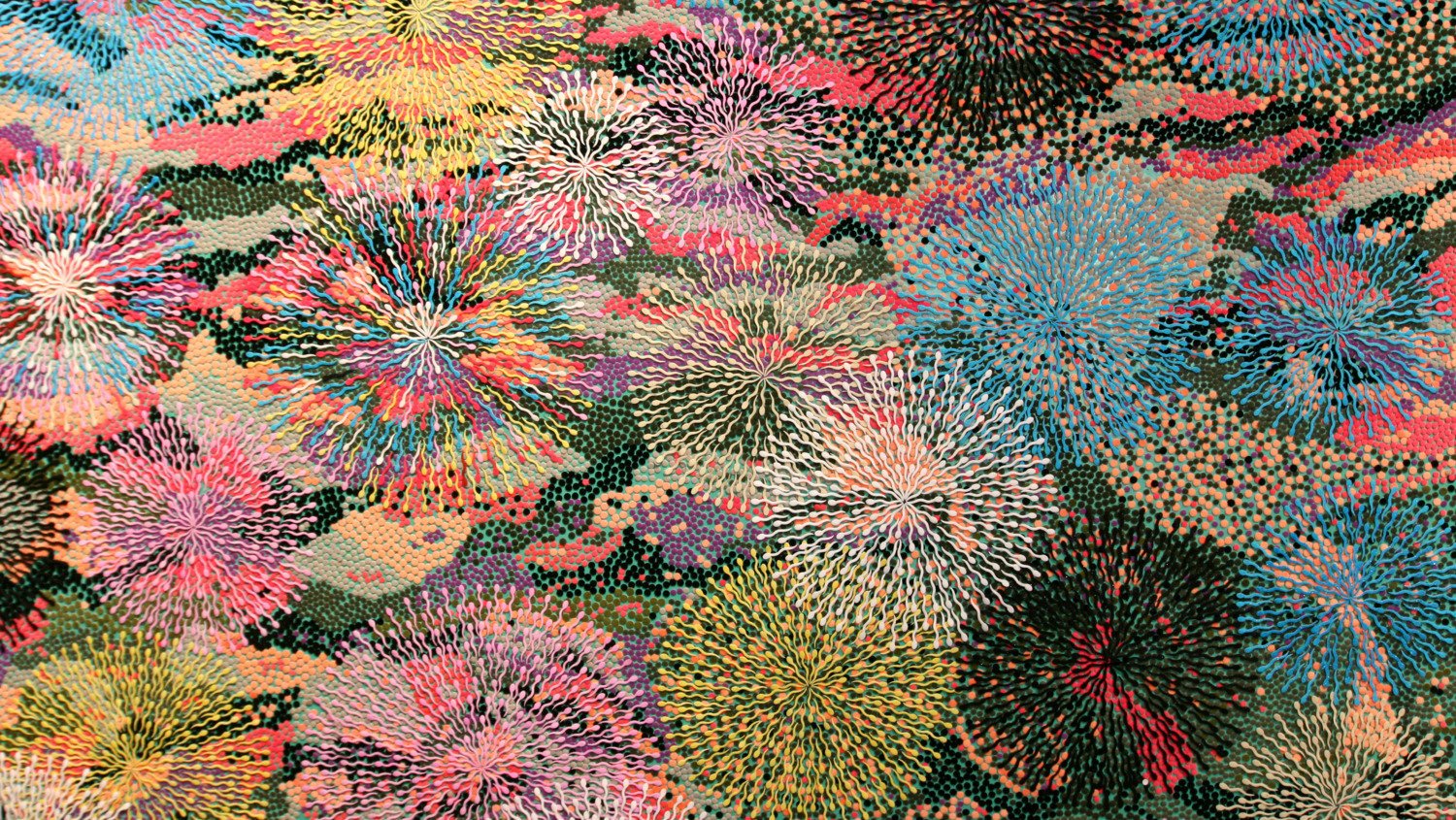
From Tradition to Strategy: Understanding Diwali’s Cultural Impact
Diwali — the Festival of Lights — celebrates the triumph of good over evil and the renewal of harmony. Sociologically, it embodies a broader human desire to reconnect with spiritual identity in a hyper-digital world. For brands, embracing Diwali is no longer just about capturing a seasonal consumption spike; it’s about embedding their story within a collective and emotional narrative.
According to The Times of India, the 2024 festive season generated more than €50 billion in sales, making Diwali India’s equivalent to Black Friday. Yet beyond its economic value, Diwali holds immense symbolic capital: light, hope, family, prosperity. These values form the foundation of cultural branding — a strategic approach where creativity contributes to a shared cultural imagination.
In this context, artistic collaborations have become a form of cultural engagement rather than mere aesthetic embellishment. They offer brands a way to connect authentically with audiences through meaning, beauty, and emotion.
The Visual and Symbolic Codes of Diwali
Brands that succeed in interpreting Diwali do so by understanding its symbolic language. Light stands for knowledge, hope, and transformation. Color evokes joy, abundance, and renewal. Rangoli patterns and floral motifs symbolize hospitality and the continuity of tradition.
Designers and artists reinterpret these codes through a contemporary visual lens — transforming spiritual heritage into a modern aesthetic vocabulary.
Beyond beauty, these elements help construct coherent creative ecosystems. The most impactful campaigns transform Diwali’s light into metaphor — a light that connects cultures, enlightens emotions, and inspires creation.
Fashion & Accessories: Couture as Cultural Dialogue
In fashion, Diwali has become a key creative moment to express cultural identity. Both Western luxury houses and Indian creators use the festival to highlight craftsmanship, symbolism, and textile art.
-
- Zara × Jayesh Sachdev: An urban capsule collection inspired by geometric rangoli patterns, portraying a modern and cosmopolitan India.
- Tod’s × Rahul Mishra: A cross-cultural collaboration celebrating Italian design and Indian craft, exploring light through texture and golden threads.
These partnerships go beyond storytelling. They reflect a shared ambition — to position fashion as a bridge between cultures. By collaborating with artists, brands weave narratives where tradition becomes a vessel for modernity and universality.
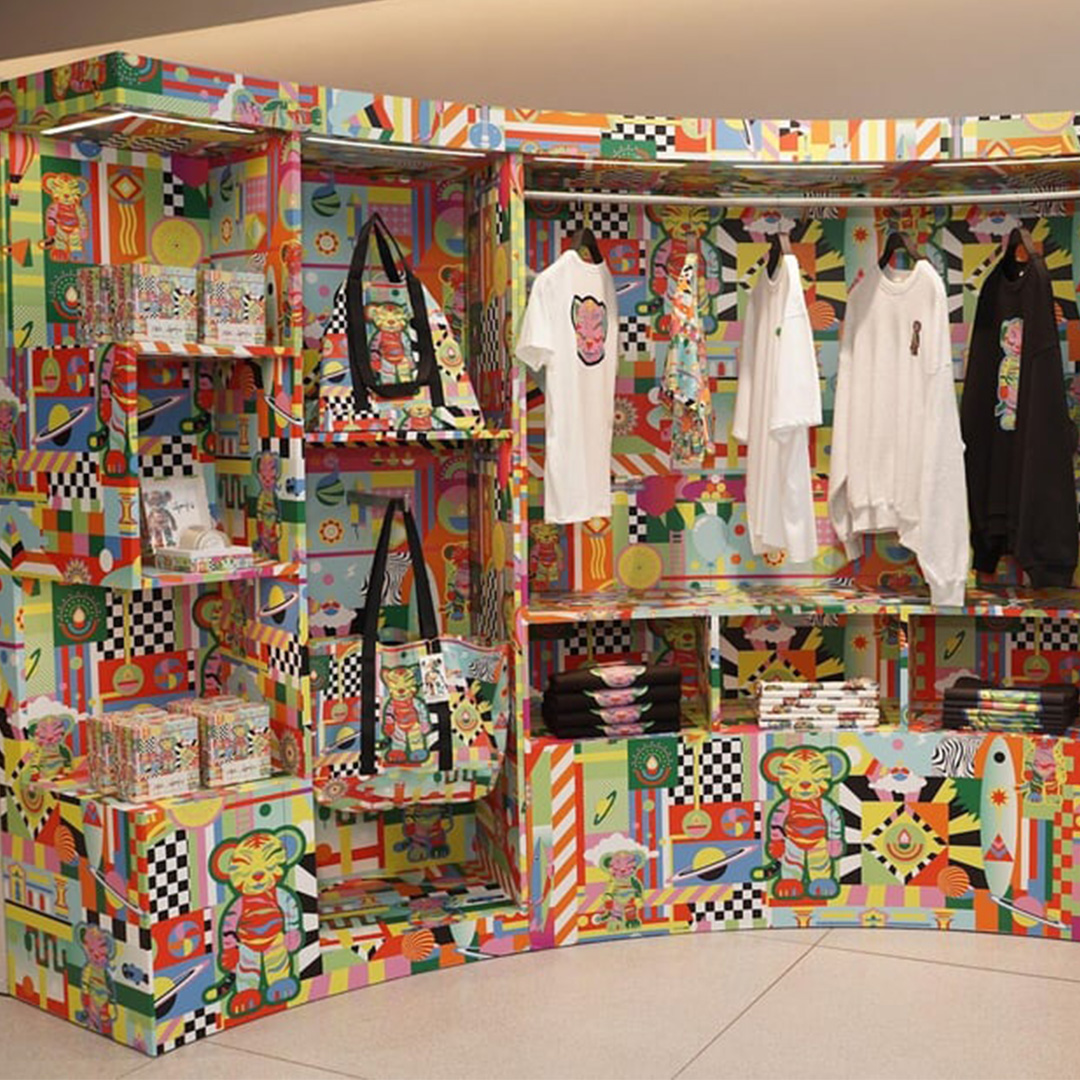

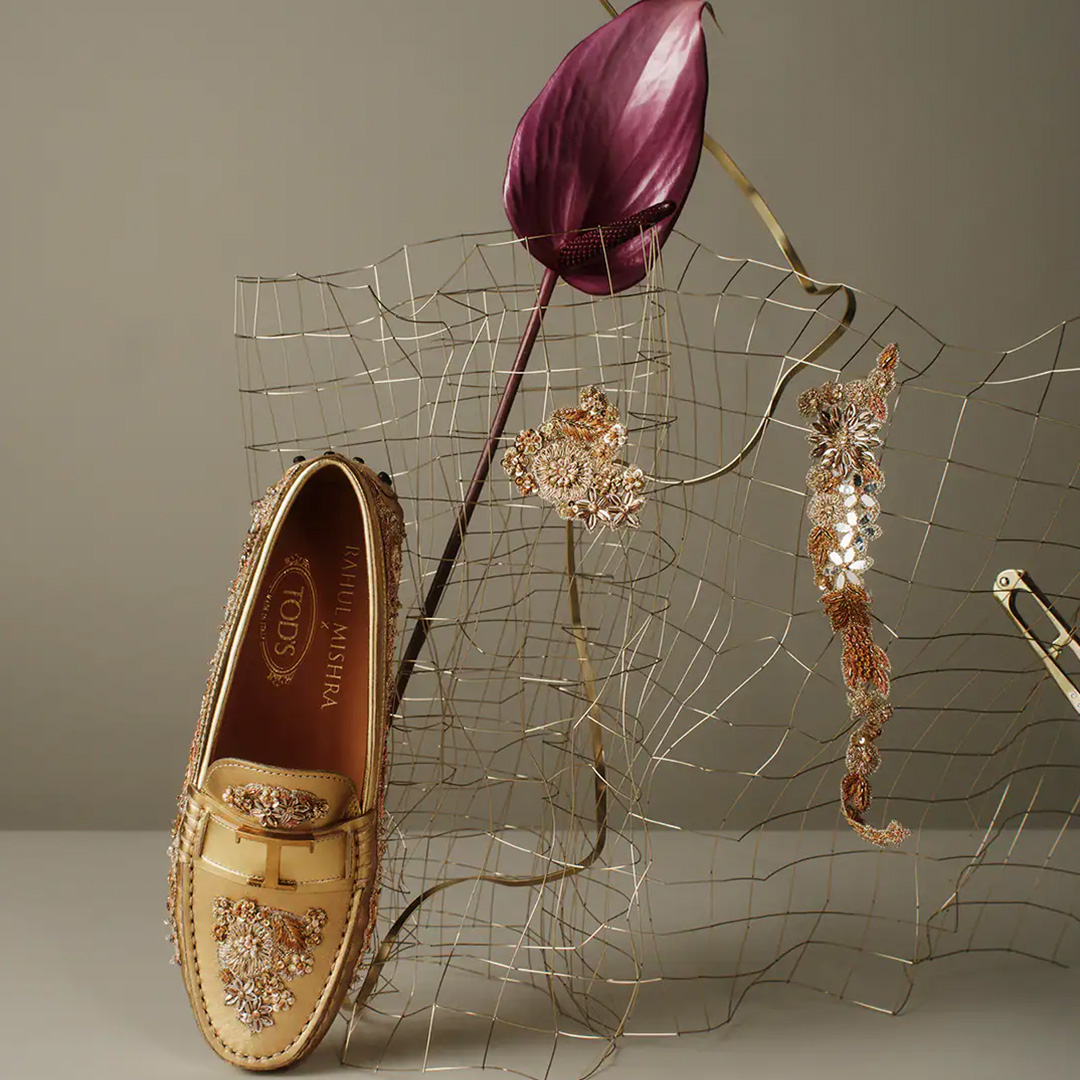

Beauty & Cosmetics: Cultural Radiance as Emotional Leverage
Beauty is a universal language — but in India, it carries a near-spiritual dimension. Rituals of care, colors, and fragrances are all linked to light, purification, and self-celebration. For beauty brands, Diwali represents a chance to express beauty as a form cultural “art de vivre” through emotional connection.
-
- Lancôme × Sabeena Karnik: An artistic edition, Bloom with Lancôme, blending paper art and poetic storytelling.
- Kiehl’s × Srishti Gupta Roy: Festive packaging inspired by India’s diversity, combining artisan design with modern illustration.
- ABH × Aditya Madiraju: A Diwali lip-set celebrating South Asian heritage and queer expression through hues of chai and rose.
These collaborations demonstrate how local creativity powers global influence. They embody the rise of cultural branding, where each artist contributes authenticity, emotion, and new visual language to the brand.
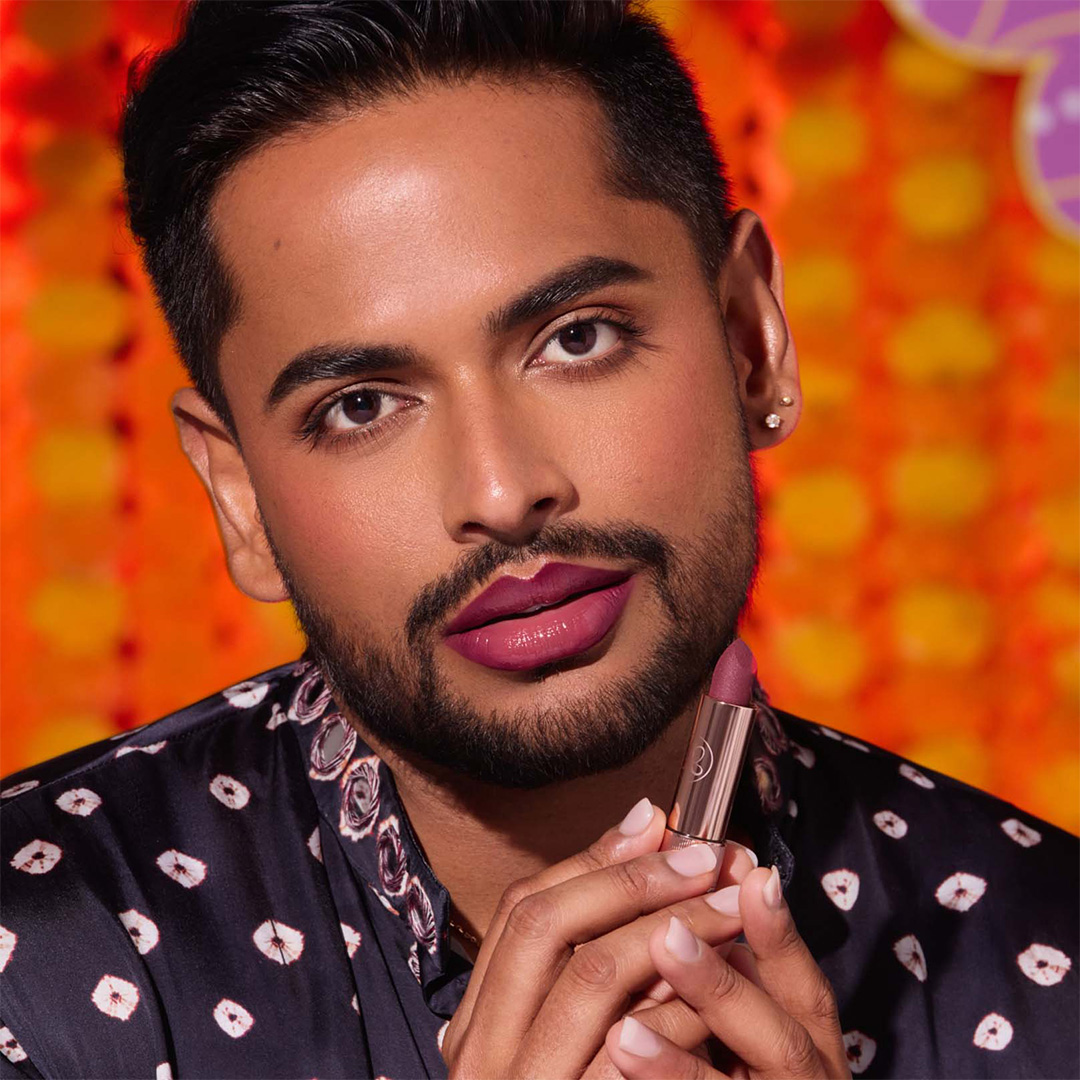
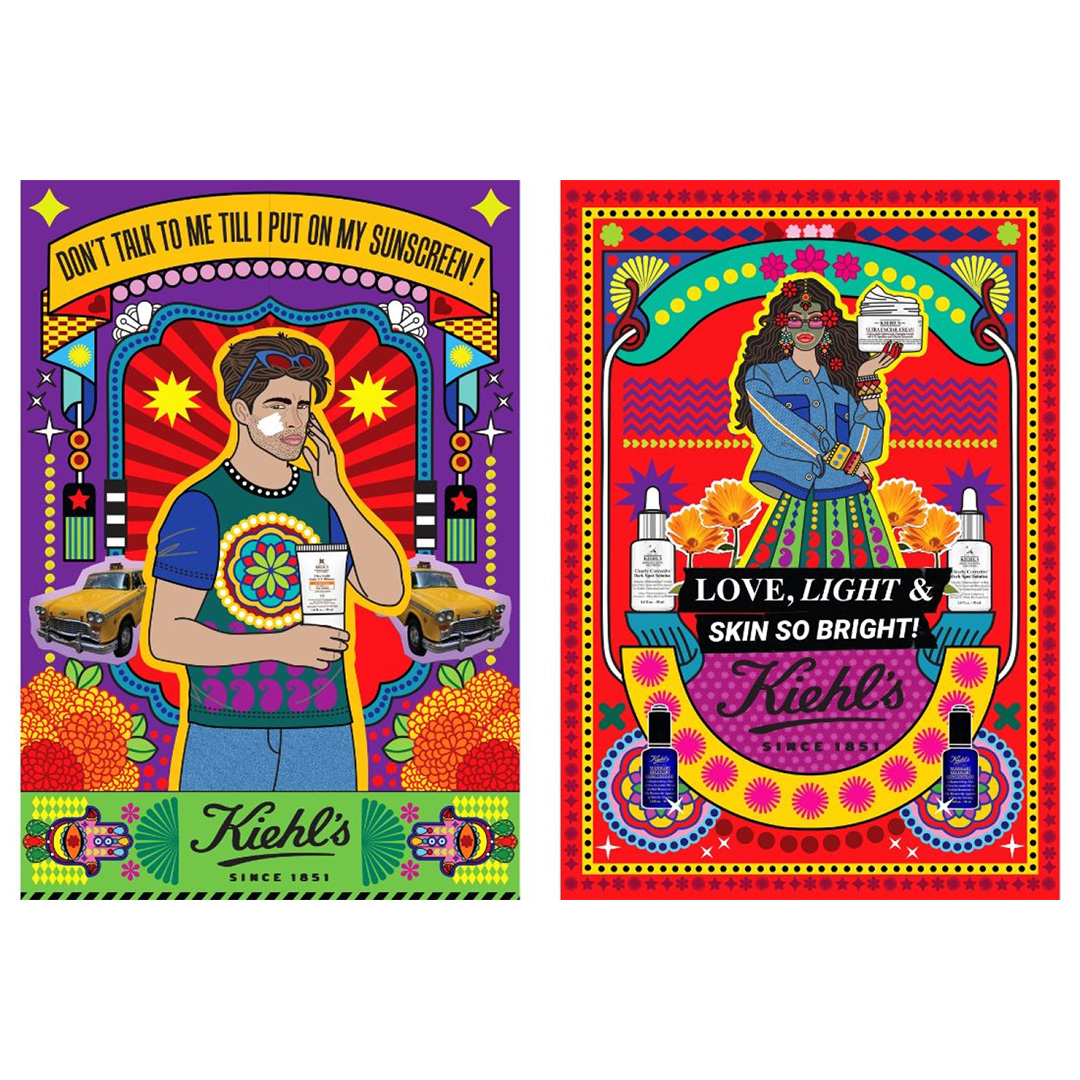
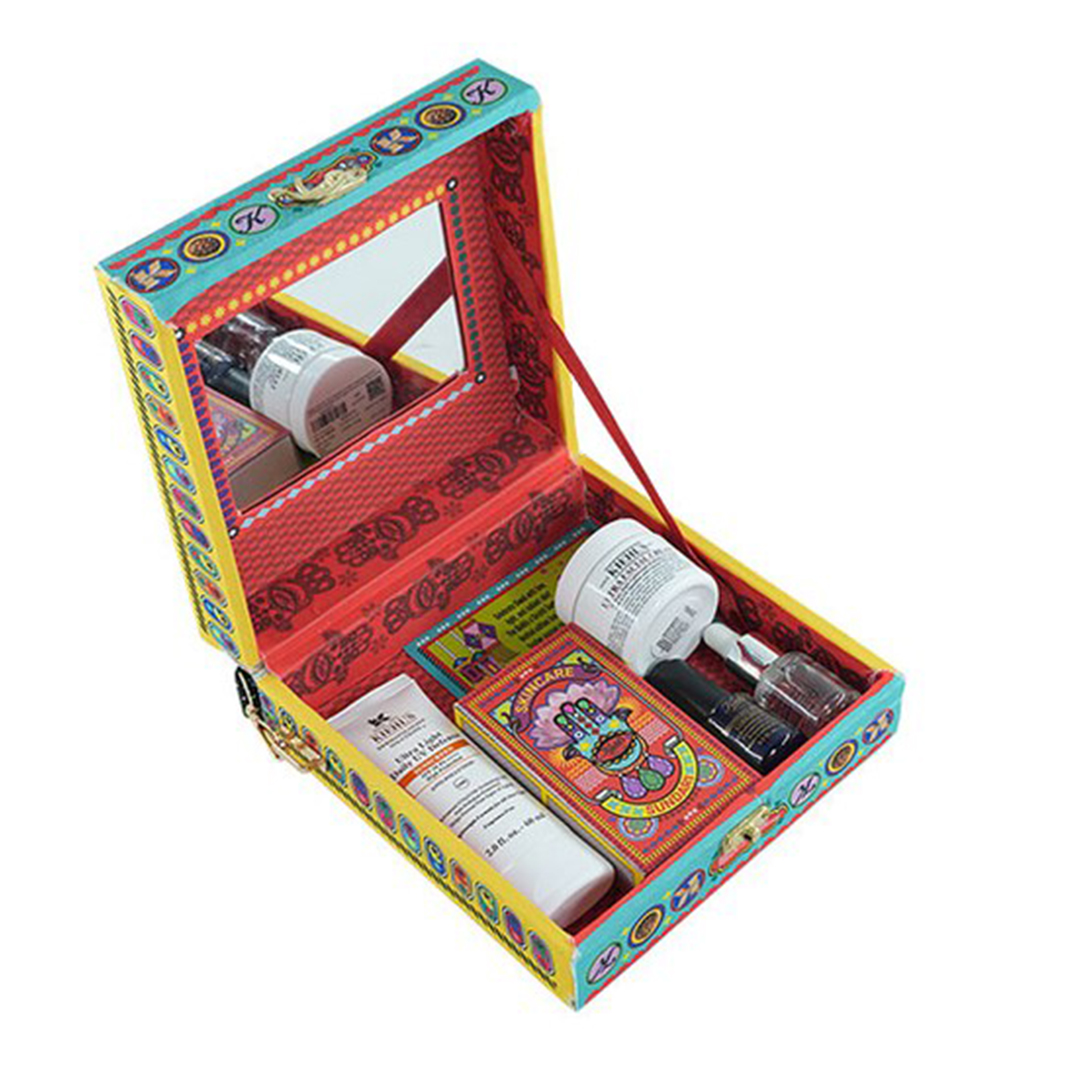

Lifestyle, Technology & Design: Enlightened Modernity
Beyond fashion and beauty, Diwali has inspired collaborations in lifestyle, tech, and design — where innovation meets symbolism. These initiatives reflect a shift toward meaningful creation, with objects designed to carry emotional and cultural significance.
-
- Mattel × Anita Dongre: A Barbie dressed in a traditional sari, celebrating cultural diversity and feminine strength.
- OPPO × Manish Malhotra: A smartphone inspired by Indian embroidery, merging technological performance with artistic refinement.
- Starbucks India × Bombay Sweet Shop: A festive confectionery and packaging collaboration celebrating local craftsmanship and community.
Each of these partnerships signals a transition from product to experience. Objects become vessels of emotion, blurring the lines between art, ritual, and marketing — a space where culture and innovation coexist.
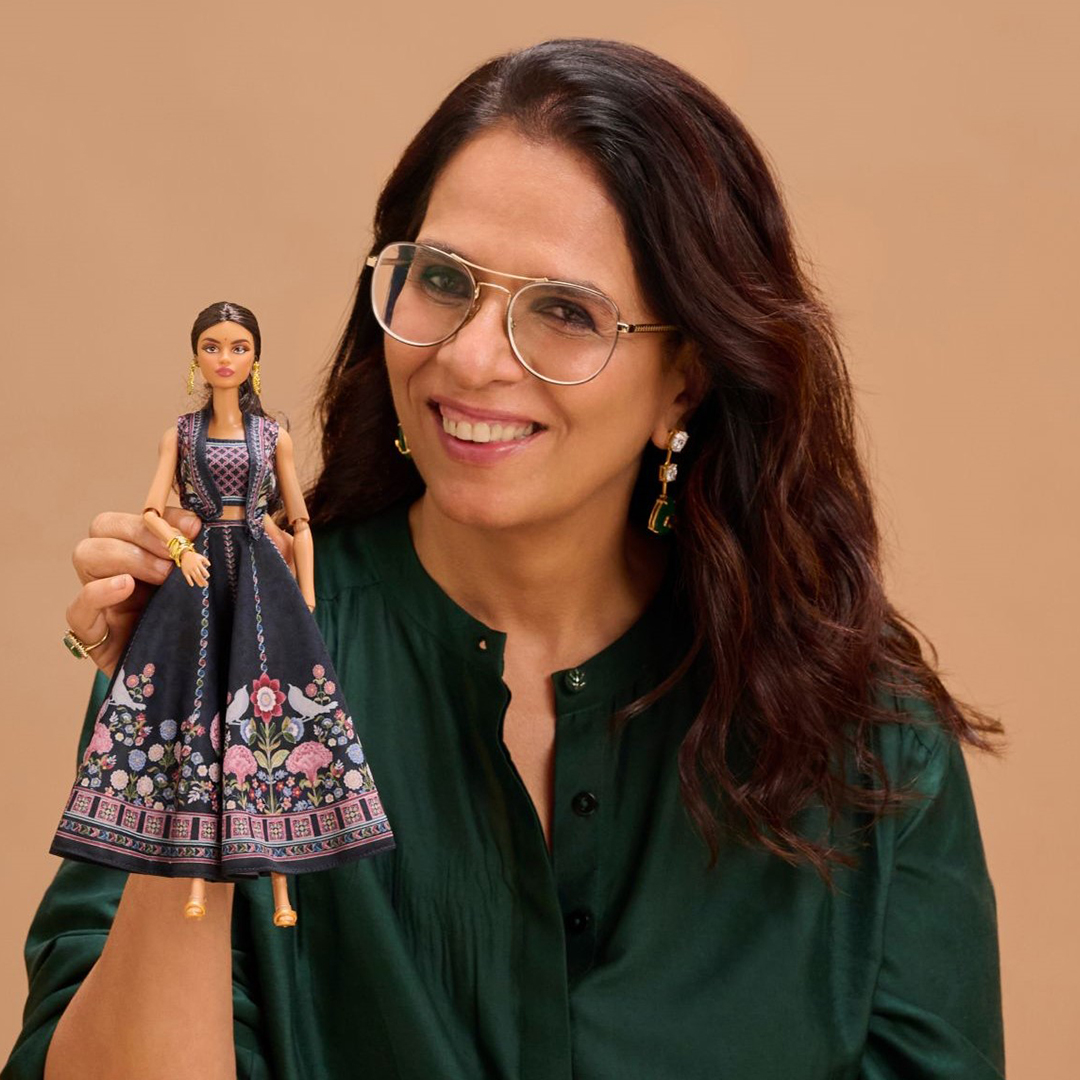
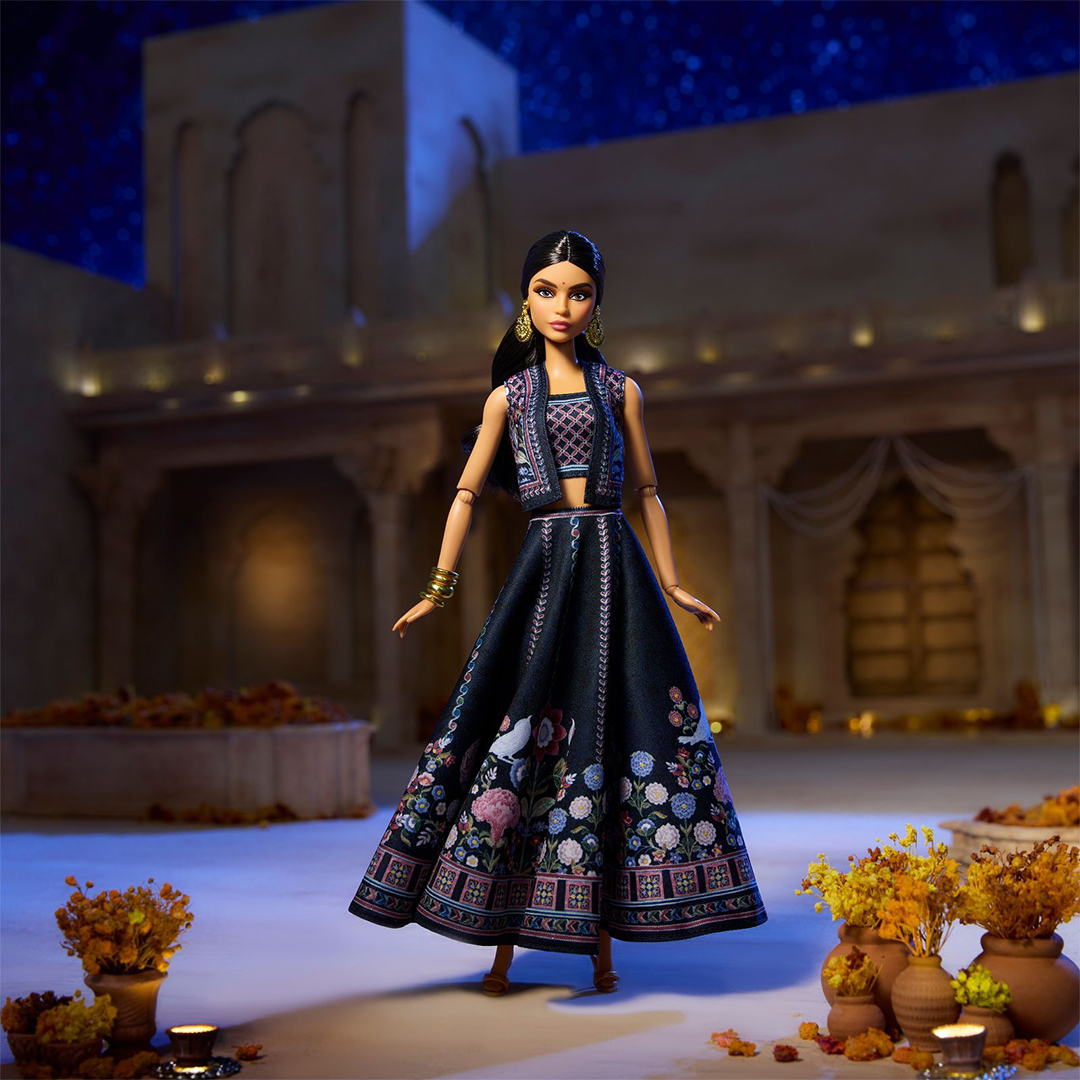

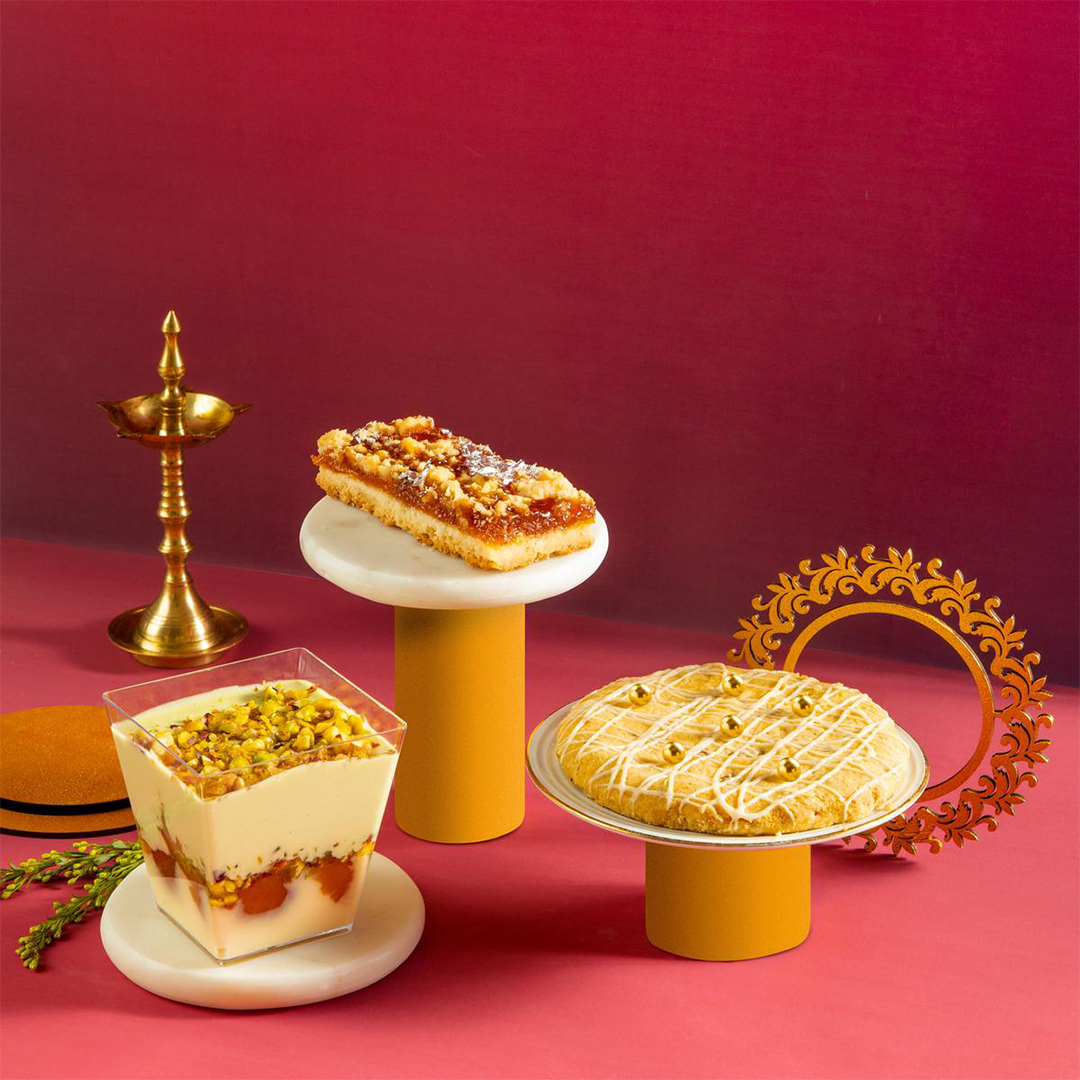
Events, Influence & Global Resonance
As cultural soft power reshapes global influence, Diwali now transcends geography. Brands and institutions use events and artistic collaborations to anchor the festival in a global creative narrative.
-
- Harrods × Natasha Kumar: A series of art-led windows in London, combining photography and luminous patterns by visual artist Natasha Kumar.
- Dior × Sonam Kapoor: A worldwide campaign featuring the Indian actress as a symbol of elegance and light.
These examples reflect the emergence of an Indo-global luxury ecosystem, where India is no longer viewed as an emerging market but as a cultural powerhouse and creative hub.
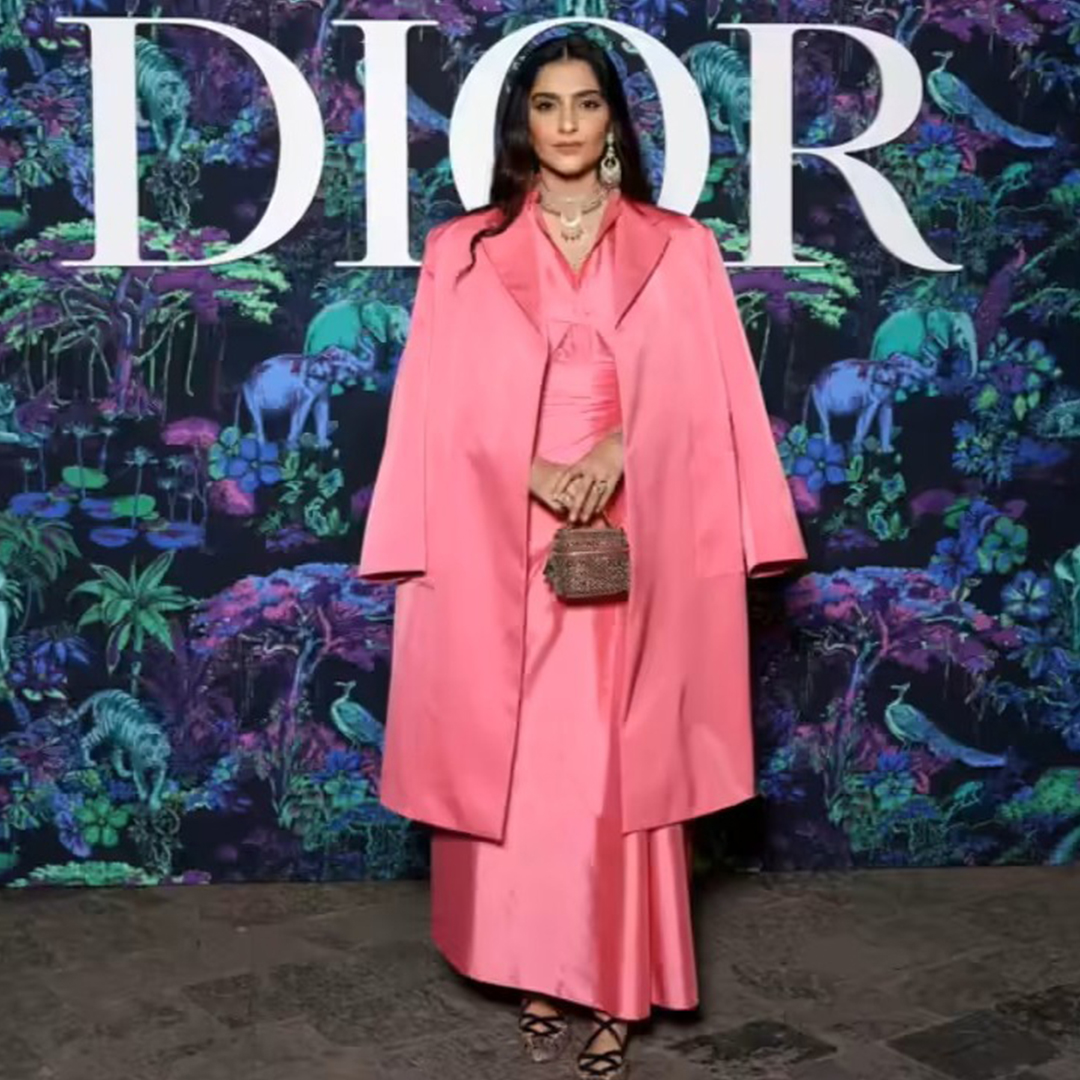

Why These Collaborations Work
The success of these projects rests on a subtle balance between authenticity and aspiration. By integrating artists, brands gain cultural legitimacy; by embracing Diwali, they access a universal emotional register. This is the essence of cultural relevance marketing — connecting brand purpose to society through the lens of art and culture.
Such collaborations generate enduring symbolic value. They sustain desirability, strengthen emotional recognition, and ensure coherence between brand vision and cultural resonance. In an age where consumers crave meaning, these initiatives bridge aesthetics, identity, and engagement.
Somexing Artistic for Diwali
At Somexing, we observe a profound shift: creativity is no longer limited to aesthetics—it has become strategic. The “Art Infusion Effect” expresses the ability of art to enrich a brand with emotional and cultural depth. In the context of Diwali, it acts as a catalyst, transforming communication into an experience and a campaign into a brand ritual.
The artistic collaborations inspired by Diwali embody this new era of cultural marketing in India, where enlightened brands no longer aim merely to sell—they seek to transmit, connect, and inspire.
With a constant eye on India’s creative movements, Somexing places its expertise at the service of brands wishing to embed their strategies in meaning, emotion, and cultural resonance. Where art illuminates marketing, the light of Diwali becomes a metaphor for meaning rediscovered.

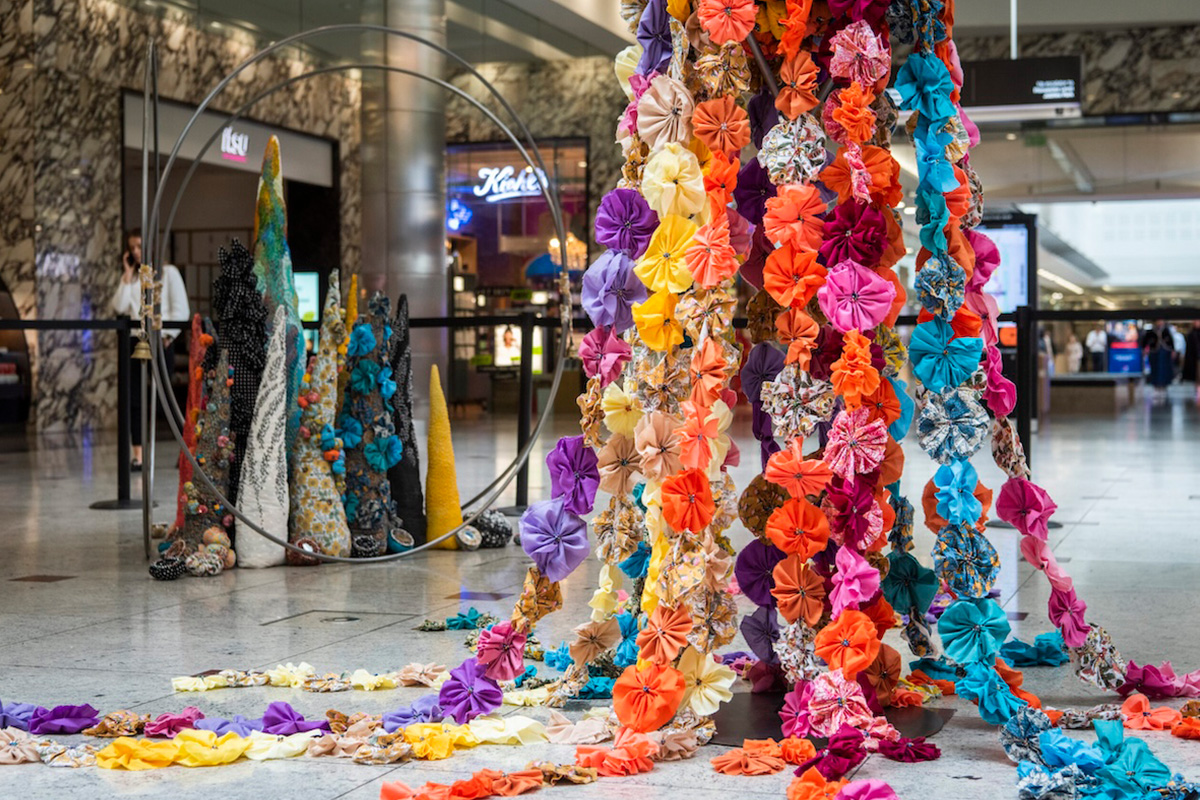
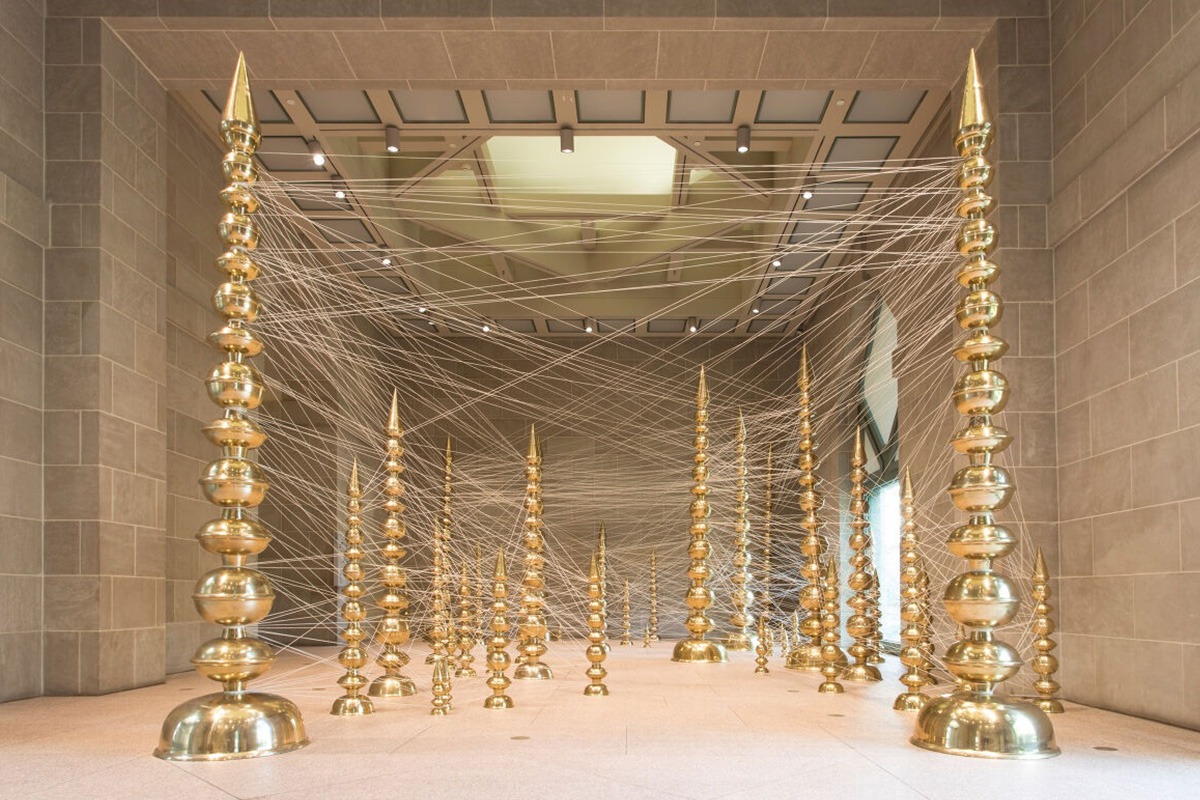
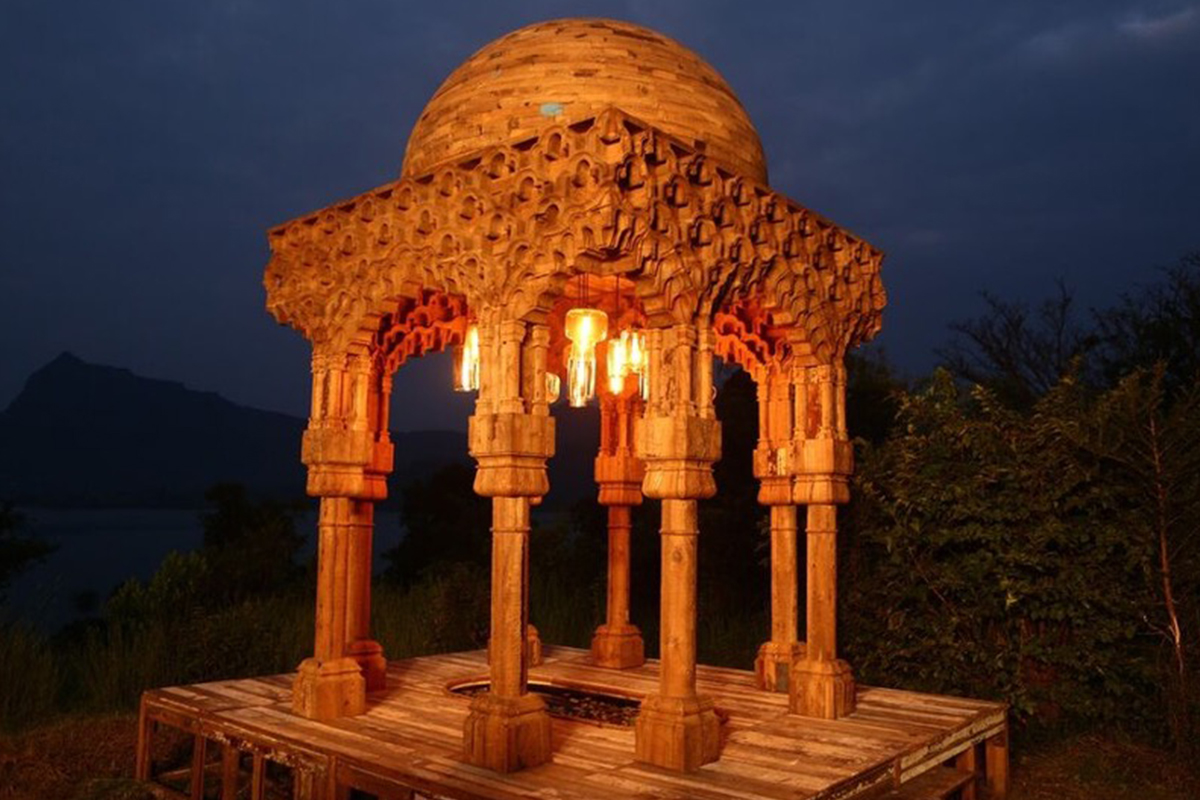
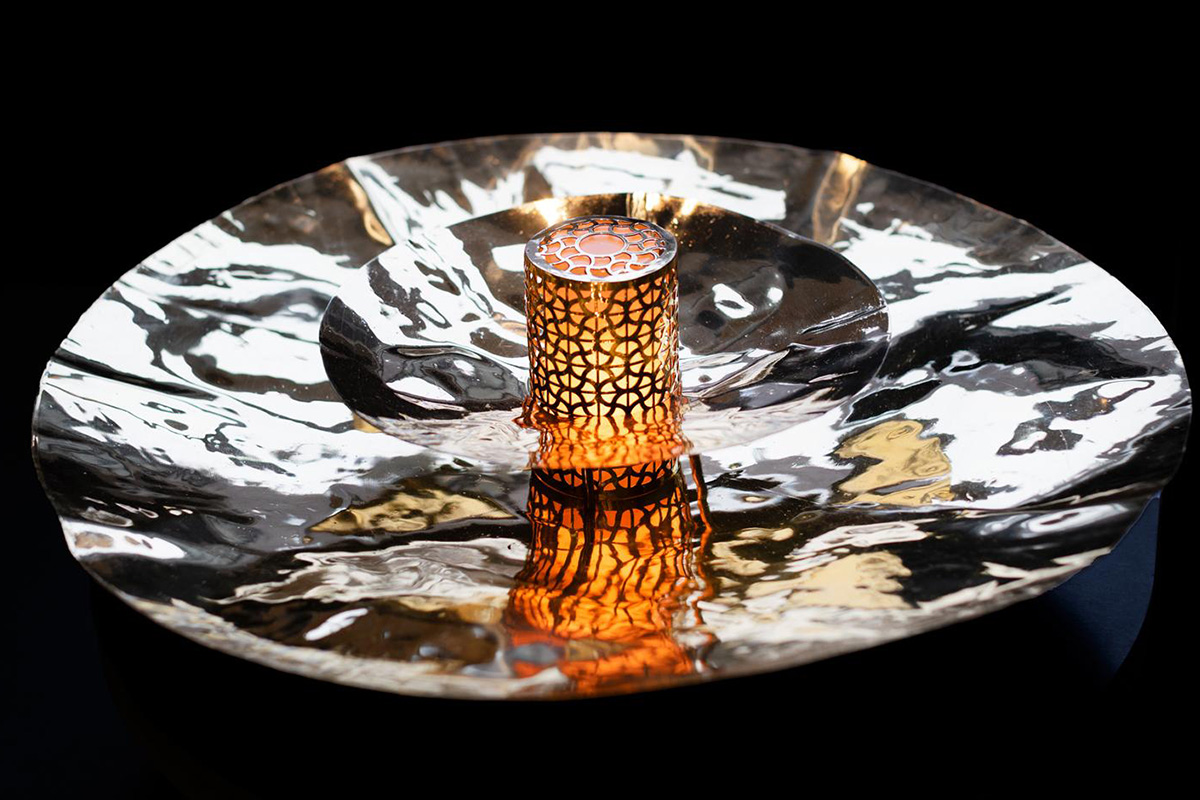
References
Jayesh Sachdev | Rahul Mishra | Sabeena Karnik | Srishti Gupta Roy | Aditya Madiraju | Anita Dongre | Manish Malhotra | Starbucks India | Natasha Kumar | Sonam Kapoor | Saroj Pastel | Subodh Gupta | Sudarshan Shetty | Vibhor Sogani | ACKM Studio



